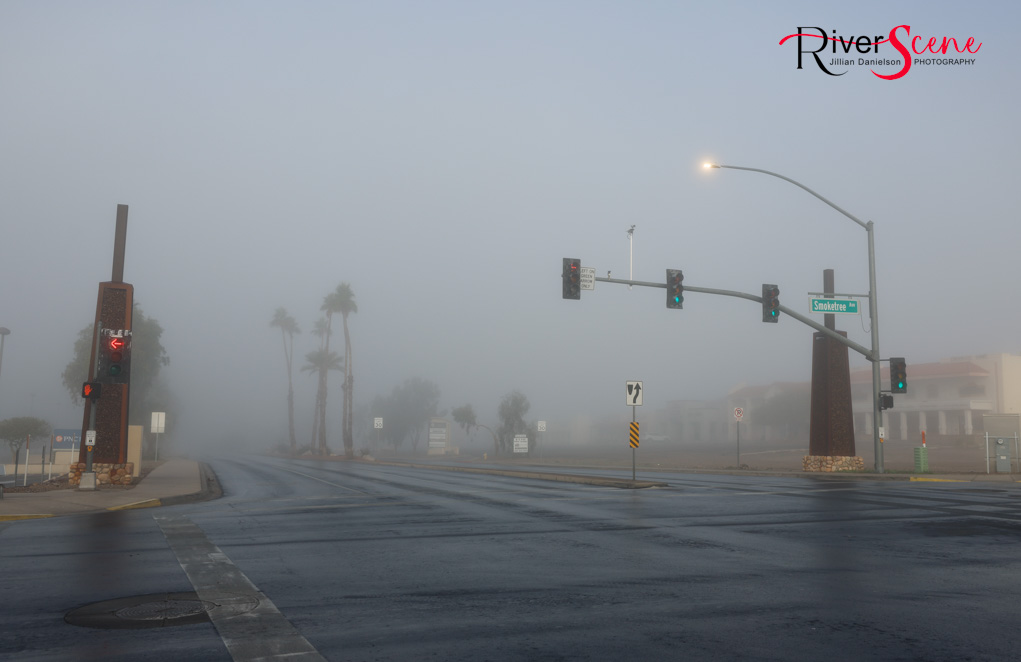By Becky Maxedon
The group of hardy individuals that made the trek to a place in the desert in the late 1960s and early 1970s were modern pioneers in every sense that the early American settlers were pioneers.
They arrived at a place without any amenities, without any infrastructure, that looked nothing like most of the cities and towns they traveled from. But come they did, and Lake Havasu City grew out of the desert because of their love of the land and place they embraced as their new home.
John Malkiewicz is one of those pioneers. At the recent Havasu Pioneers Reunion, Malkiewicz talked to RiverScene Magazine about his early days in Lake Havasu City.
“I got here in early ‘71 when the bottom frame [of the London Bridge] was up and the second was going up, Malkiewicz said.
He said the handrails and sidewalks were being installed and the scaffolding was being taken down.
“We got here by accident. Originally, we left Michigan headed for a warm, dry climate. We drove through here and I was sitting on the road next to the bridge when the road was still there.”
Malkiewicz said he asked the folks there what they were doing. “We’re building a bridge.”
I said, “Why? We’re sitting on a perfectly good road.”
The workers replied, “Well, we’re gonna take all this out of here and build a bridge.”
Malkeiwicz waked down to the bridge location the next morning and he was asked if I wanted to go to work. “I said, ‘Well sure. This might be fun,’ and that was it.”
Malkeiwicz worked on the bridge for about a year and half.
“After the bridge was finished, the inside still had to have water, electric, sewers. I’ve had people ask ‘What’s inside the bridge?’ and I tell them it’s everything that’s outside the bridge. You can’t have a house without water, electric, sewers, so all those lines had to be put in,” Malkeiwicz said.
He worked on finishing the outside of the bridge and was then asked by Robert Beresford, the British engineer who worked on the reconstruction of the London Bridge in Lake Havasu City, to work on the inside of the bridge.
“Because I could read the plans, he asked me to help finish the inside,” Malkeiwicz said.
He said the crews would begin work about 4 a.m. and by the “crack of dawn” had the concrete ready to be hauled by wheelbarrow to the pole setters installing the streetlights and handrails.
Malkeiwicz had worked as a die caster in Detroit and brought all of his die-casting tools with him to Lake Havasu City.
“When any pieces of the lights would be broken or bent, they would say, ‘We have to send that to LA to be repaired.’ I spoke up and told them I could repair them, and I did,” he said.
Malkeiwicz not only met Robert McCulloch, he became friends with the visionary founder of the city.
“I sprayed him a couple of times when he got close to me when I was using the hose. He laughed and we actually became friends. Every day he was in town, he would come down to the bridge. He would come by and wave and we would talk,” Malkeiwicz said.
“And after that, I got to go to more Christmas parties up at his house That’s the kind of man he was. It didn’t matter if he was rich, poor, whatever. I happened to be in the flooring business, and I did a lot of work at his house and got invited down to Indio to play golf with him,” Malkeiwicz said of his relationship with McCulloch.
Malkeiwicz said his favorite memories of building the bridge wasn’t even building it.
“It was after the work and before work – the people working there,” he said.
“Our Sheriff’s Department was one of the funniest things. There was one guy from the Sheriff’s Department from Kingman, and he would come down about 8 or 9 in the morning. He’d go back to Kingman around 3 or 4, so the whole town was ours. We could do anything we wanted to do.”
Malkeiwicz said he enjoyed the reunion and connected with many old friends.
“I have to walk up to them and look at their names, ‘cause they didn’t look like they do now 50 years ago,” he said.
That is most likely true of all the Havasu Pioneers who gather to reconnect and remember those early days when the city was being created.
To read more stories from the Havasu Pioneer Reunion, click here.




















No Comments » Comments: